First-Of-Its-Kind Audio Service for Spanish-Speakers with Print Disabilities Launched in CT
/CRIS Radio, a 36-year-old nonprofit based in Windsor and Connecticut’s only radio-reading service, has introduced its new Spanish-language streaming service, expanding the services offered by the volunteer-based organization with a longstanding, solid track-record of responsive programming.
The service, called CRIS en Español, is the first in the nation to offer an extensive line-up of audio versions of Spanish-language magazines – all featuring human narration -- for Spanish-speakers who are blind or have a print disability, including those with learning, physical, emotional or intellectual disabilities.
“This collaboration is essential to the people we serve in the Hispanic community,” said Annette Deonarine, director of Latino Initiative of Advocacy Unlimited at Toivo Center in Hartford. “It will enable people who are disabled to receive quality broadcasts that are culturally competent and in a language that is understood by many people from different Latino cultures.”
Hartford Mayor Pedro E. Segarra, who attended the launch of the new audio services, said: “CRIS Radio has for years made sure people stay connected to current events, culture and literature. I’m very grateful to see that they’re expanding this valuable service to Spanish-speaking audiences.”
Included in the CRIS en Español programming are articles published in Spanish-language magazines and newspapers such as Identidad, National Geographic in Spanish, Cosmopolitan in Spanish, Hola and People in Spanish. All CRIS recordings feature human narration, thanks to CRIS volunteers who provide the voice talent. The recordings also are available on-demand at crisradio.org or from special CRIS Internet radios.
“Thanks to funding from the Hartford Foundation for Public Giving, CRIS Radio is launching Spanish-language programming to better meet the needs of the Latino community who are blind or print disabled,” said Diane Weaver Dunne, executive director of CRIS Radio. “CRIS is now providing Internet radios tuned to CRIS en Español’s URL free-of-charge to organizations that serve Spanish-speakers with disabilities.”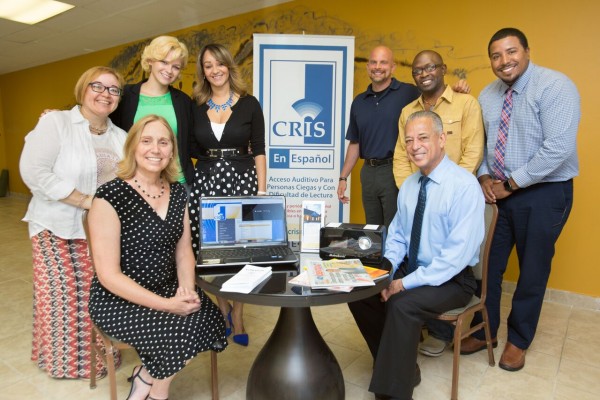
CRIS (Connecticut Radio Information System) provides audio access to news and information for people who are blind or print-challenged, including those unable to read due to physical, learning, intellectual or emotional disabilities. CRIS operates with more than 300 volunteers at its broadcast center in Windsor and regional studios located in Danbury, Norwich, Trumbull, West Haven and at ESPN in Bristol.
Jon Jacobs, program director of Humanidad, which operates group homes for Spanish-speakers with intellectual and developmental disabilities in Greater Hartford, piloted the service at two group homes. “CRIS en Español is an impactful and informative service that brings Spanish-language programming right to the homes of our consumers, Jacobs said. “This is a warm, informative, and user-friendly way to bring culturally competent content to the members of our community with special needs.”
CRIS Radio broadcasts 24 hours a day, seven days a week featuring articles published in more than 70 newspapers and magazines, including award-winning children's magazines available online and on-demand. Programs powered by CRIS Radio include: CRIS Radio; CRIS Listen Now (online streaming); CRIS Listen On Demand; CRISKids, and CRISKids for Schools.
Photo: Attending the demonstration of CRIS en Español, are: (sitting), Diane Weaver Dunne, executive director of CRIS Radio; and Hartford Mayor Pedro Segarro; Standing, from left, are Standing, from left, Annette Deonarine, Yanira Rios, Alice Diaz, Deron Drumm, Kelvin Young and Jon Jacobs.
https://youtu.be/DzN3Bi-vjyw


 Addams said that “to guide us as we work to help remove these barriers,” the trustees adopted a new mission: The mission of the William Caspar Graustein Memorial Fund is to achieve equity in education by working with those affected and inspiring all to end racism and poverty.
Addams said that “to guide us as we work to help remove these barriers,” the trustees adopted a new mission: The mission of the William Caspar Graustein Memorial Fund is to achieve equity in education by working with those affected and inspiring all to end racism and poverty.
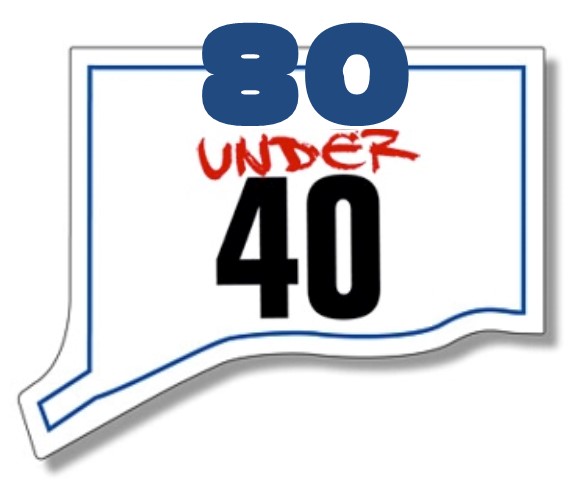
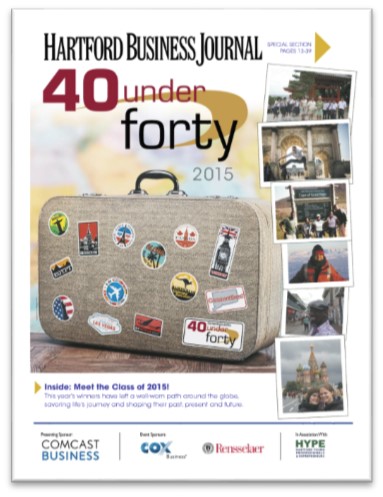



 Later this month, Bike Walk CT is offering the League of American Bicyclist-designed Traffic Skills 101 program, a comprehensive day long course to give cyclists the skills, knowledge and confidence to handle on-road cycling.
Later this month, Bike Walk CT is offering the League of American Bicyclist-designed Traffic Skills 101 program, a comprehensive day long course to give cyclists the skills, knowledge and confidence to handle on-road cycling. e and local government agencies, major health care and academic institutions, and community and philanthropic organizations to design and conduct the program.
e and local government agencies, major health care and academic institutions, and community and philanthropic organizations to design and conduct the program.
 Additionally, DataHaven has secured funding to ensure that residents of Connecticut's smaller cities and rural areas are included to the same degree as those living in its major metropolitan areas. Nearly $200,000 has been committed from organizations such as the Connecticut Community Foundation, Valley Community Foundation, Lawrence + Memorial Hospital, Ledge Light Health District, Community Foundation of Eastern Connecticut, Connecticut Housing Finance Authority, and others.
Additionally, DataHaven has secured funding to ensure that residents of Connecticut's smaller cities and rural areas are included to the same degree as those living in its major metropolitan areas. Nearly $200,000 has been committed from organizations such as the Connecticut Community Foundation, Valley Community Foundation, Lawrence + Memorial Hospital, Ledge Light Health District, Community Foundation of Eastern Connecticut, Connecticut Housing Finance Authority, and others.


 “We are equally fortunate in bringing Daniel Mackay to the Trust. Dan has tremendous experience, vision and a passion for historic preservation. We also know that he will nurture the relationships of the Trust with the Governor's office, our legislature and the other organizations we partner with. We are very excited for a bright future led by Daniel.”
“We are equally fortunate in bringing Daniel Mackay to the Trust. Dan has tremendous experience, vision and a passion for historic preservation. We also know that he will nurture the relationships of the Trust with the Governor's office, our legislature and the other organizations we partner with. We are very excited for a bright future led by Daniel.”





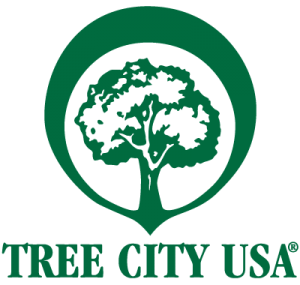
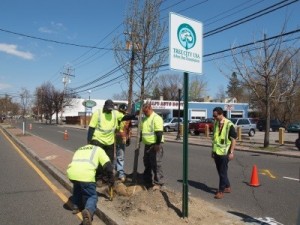 The Arbor Day Foundation also has a campus program, designating colleges and universities as a Tree Campus USA. The University of Connecticut is the only college in Connecticut to earn the designation.
The Arbor Day Foundation also has a campus program, designating colleges and universities as a Tree Campus USA. The University of Connecticut is the only college in Connecticut to earn the designation.


























